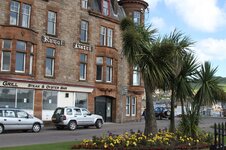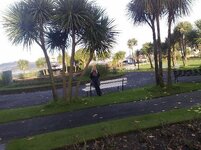Peter Gunn
Master Sergeant
Not my point, any references to the Guadalcanal Campaign usually sees that Marine losses are always listed as are Japanese losses. When total losses for the US side are listed they are almost never broken out to reflect USN or AAF losses (neither in fact are Japanese losses reflected this way either). In the case of Guadalcanal, everyone already knows the Japanese lost over 20,000 to all causes (you have stupid Banzai tactics and dumbass "die to the last man" BS to thank for that, over and over in the Pacific Campaign for that matter). USMC losses are ALWAYS listed but rarely do USN figures total into the equation.All of which comes no where near touching the Japanese losses of over 20,000 who died either in combat or from disease or starvation, many without known graves. I went to school in the 1970s with the son of a Solomon Islands Govt Official and recall him saying that finding remains of Japanese troops was still a regular occurance 30 years after the campaign ended.
My point was to illustrate that whilst the USMC has the well known 1,600 killed figure easily available, the USN suffered over twice the casualties with 3,500+, a statistic that is usually ignored. I suppose it just illustrates who won the post war PR battle of the late '40's early '50's.


